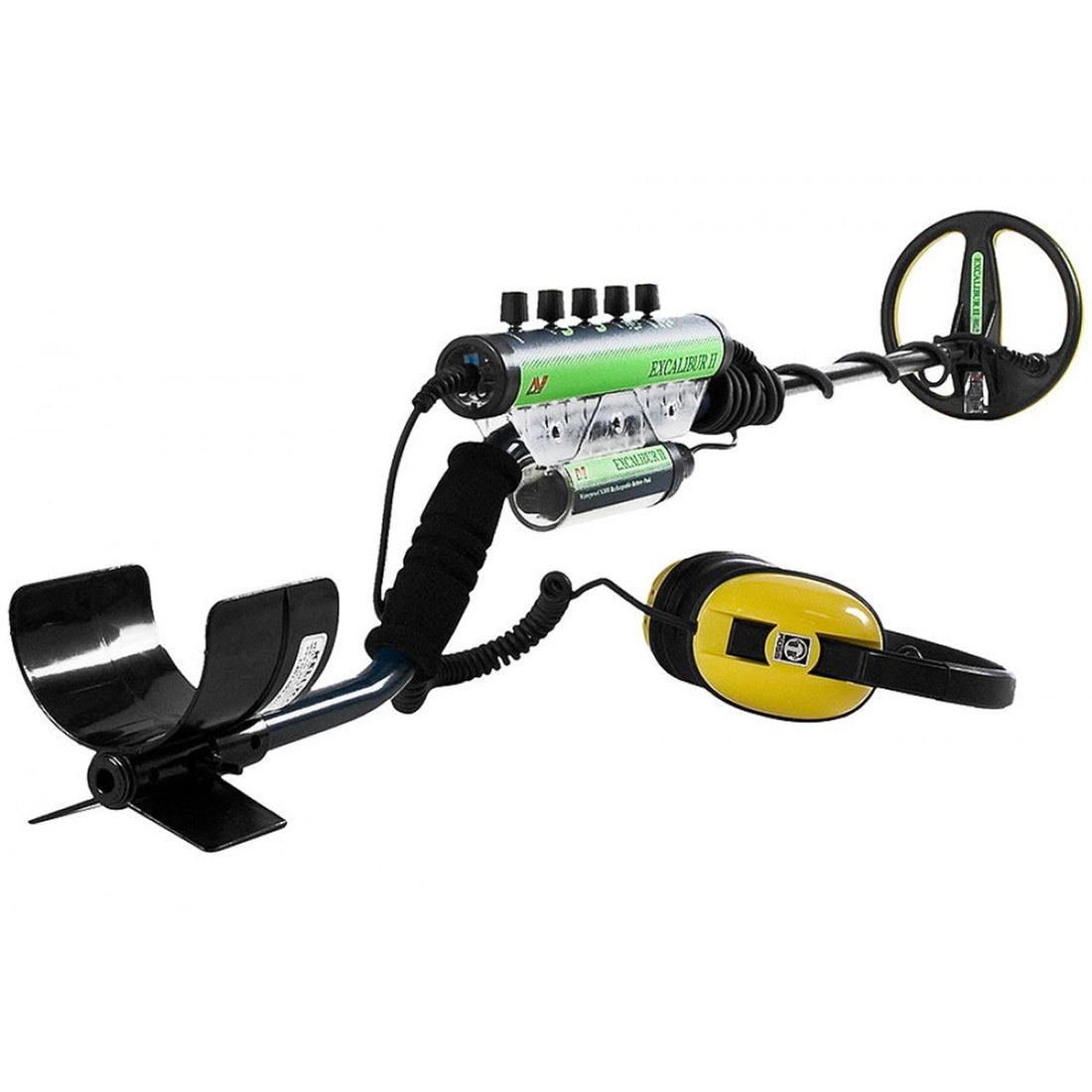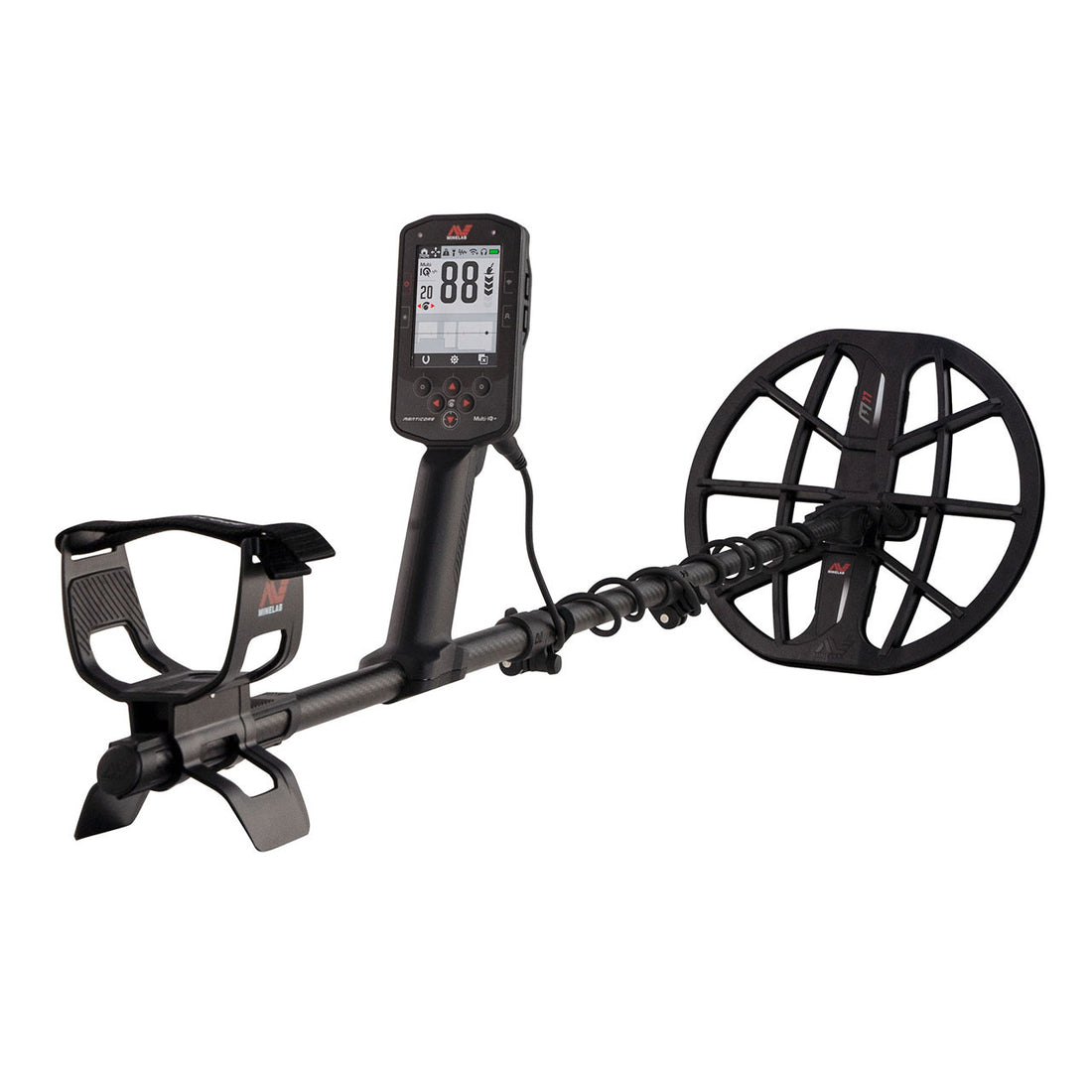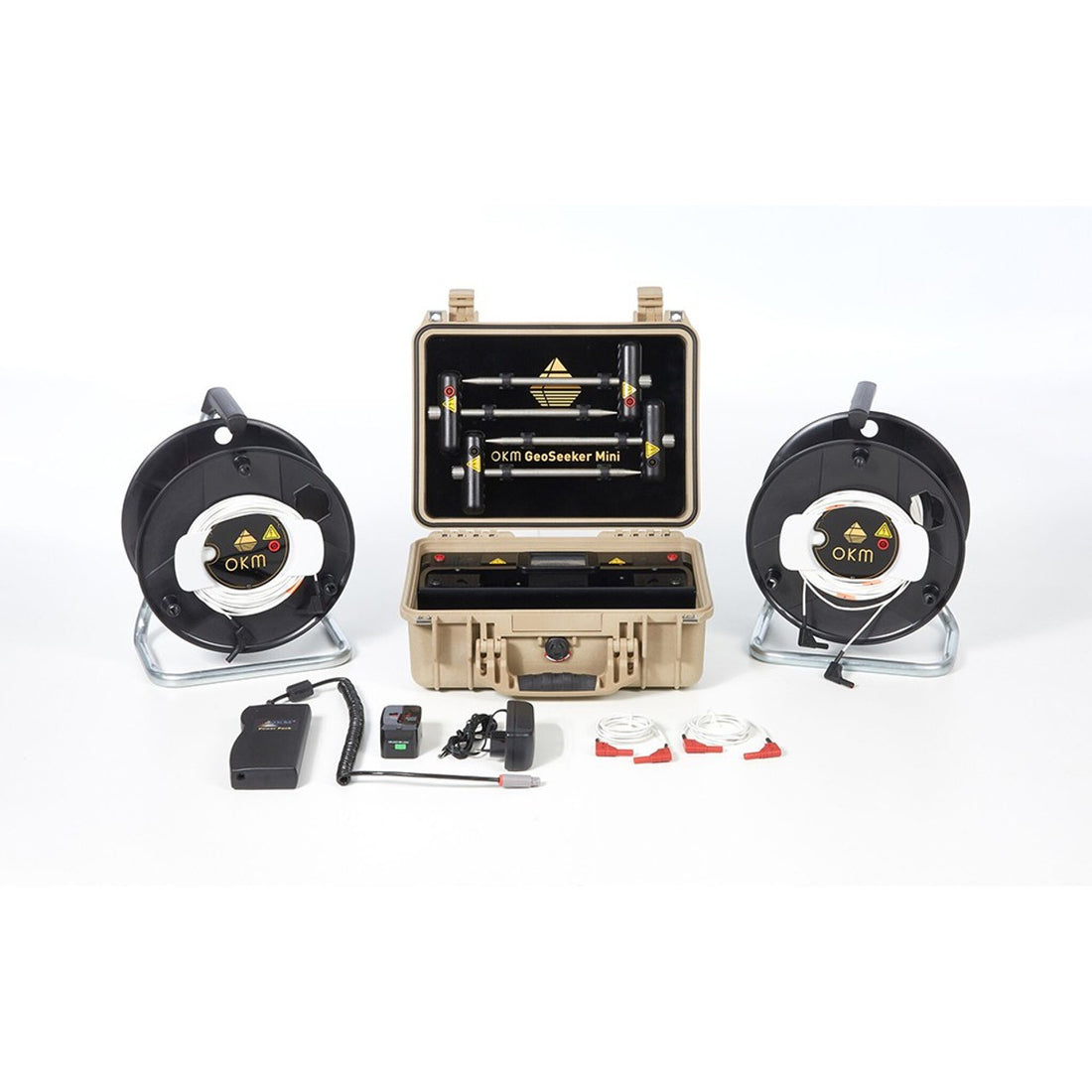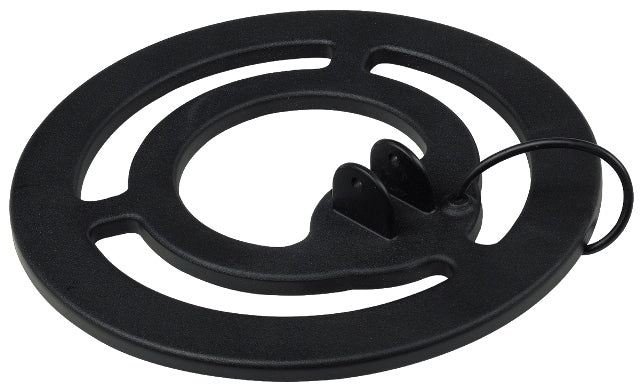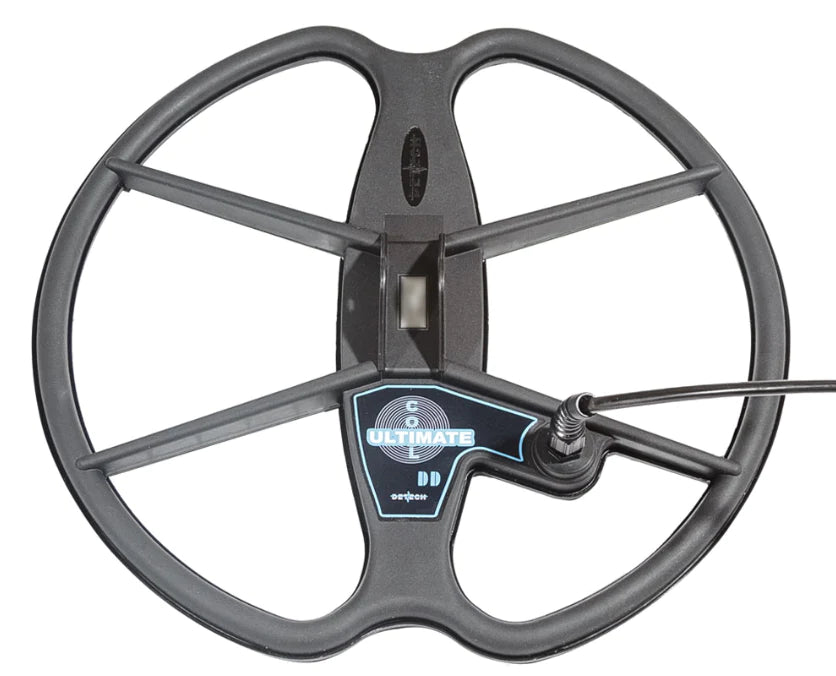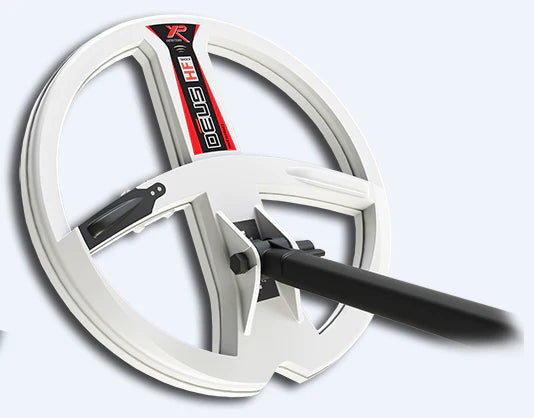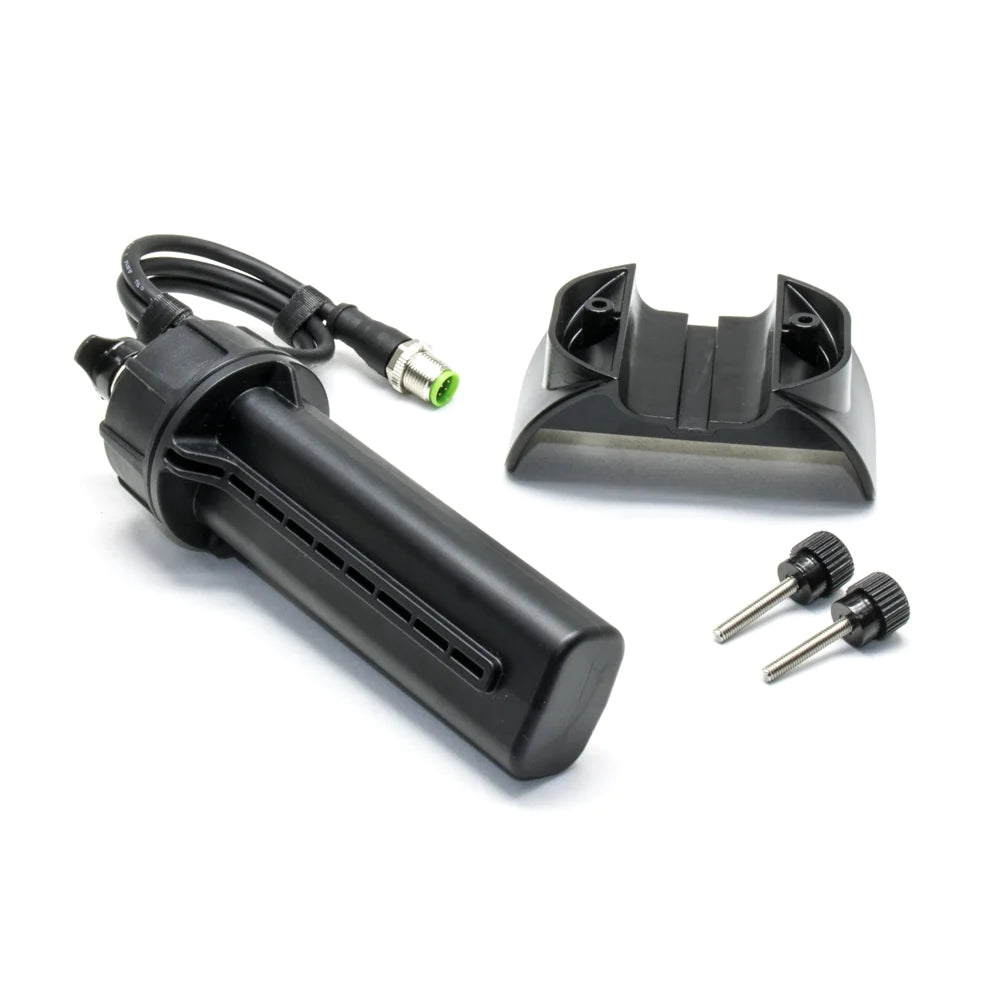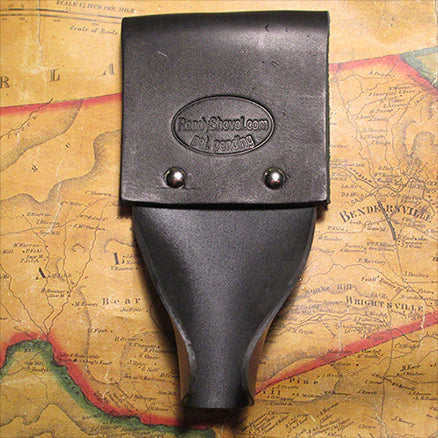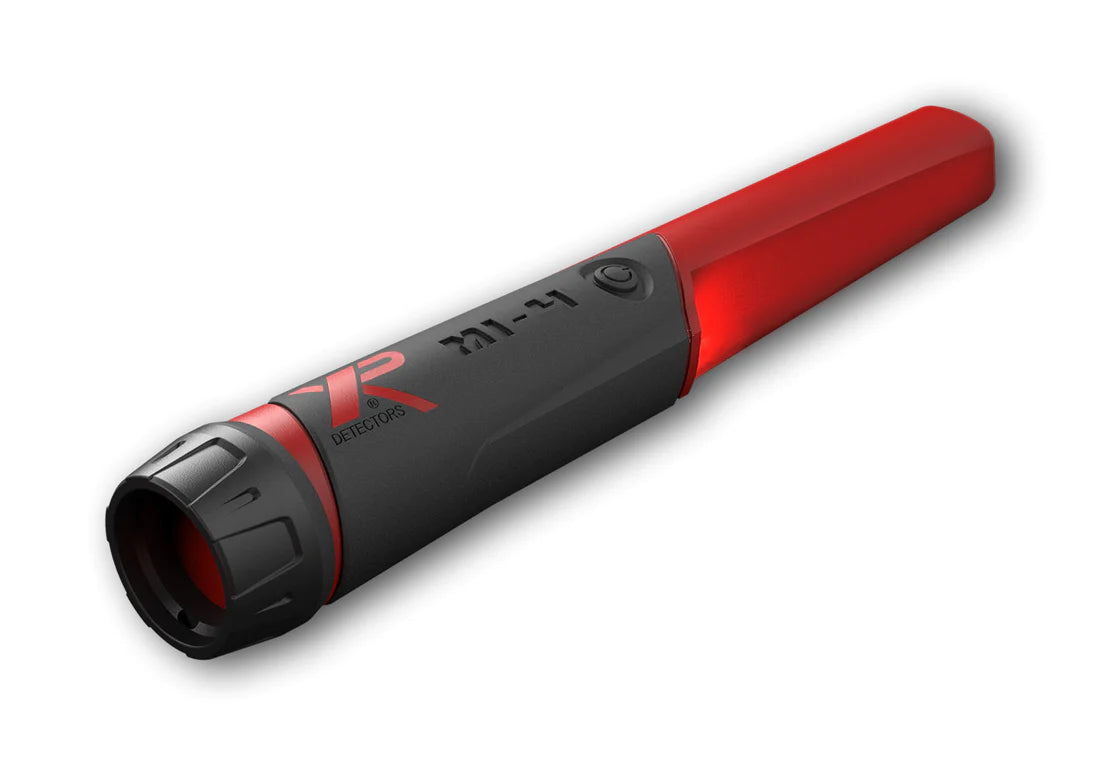How to Find Meteorites, Gold & Other Precious Minerals with a Metal Detector?
How to Find Meteorites, Gold & Other Precious Minerals with a Metal Detector?
By Michael Bernzweig
If you enjoy geology and love to see vivid photos of unique rocks and precious minerals, the hobby of unearthing these majestic items may be very rewarding to you. More and more, treasure hunters are making names for themselves by locating meteorites, gold, and other precious minerals. They are buried in the ground—there for the taking! So, if you have a natural sense of curiosity and a bit of perseverance, you can foreseeably amass quite a valuable collection of rocks and minerals. Just educate yourself about metal detecting and the targets you’re searching for, then set out into the terrain!
Metal detectors provide an exciting means of locating gold and other mineral specimens. They have long been known as highly effective prospecting tools for finding larger mineral deposits. There are countless areas to search—some more advantageous than others. Dry arid climates are popular for meteorite detection. Gold is often pinpointed in the ground, sand, iron ore fields, rivers/streams, and even in the ocean water. Be sure to do your research and check with local clubs and dealers for the laws in your area before starting your hunt. Always be sure that you have permission to hunt on any private property. As you can see, there’s a wide range of treasure hunting sites to explore. It all depends on which types of rocks or minerals you decide to search for.
What Is a Mineral Detector?
A mineral detector is an electronic device used to find precious metals, gems, and stones buried under the Earth's surface. Mineral detectors can be metal detectors or ground penetrating magnetic locators.
Mineral detectors are used to find minerals, such as gold and silver. They can also be used to find other precious metals, such as copper and lead. A gold detector, in particular, is used to find gold nuggets and gold deposits.
Magnetic mineral detectors such as the Schonstedt GA-92XTd Metered Magnetic Locator use radar waves that bounce off of the Earth's surface. They can be used for archaeological research, finding buried bodies and pipes, or even helping with geological studies. Both kinds of mineral detectors are useful tools for anyone interested in precious minerals and stones.
A type of mineral detection using satellite imaging helps prospectors find hidden ore deposits and other precious minerals buried deep beneath the surface of the Earth. While this type of mineral detection has traditionally been performed using specialized magnetic detector devices, modern technology has made it possible to use satellite imaging for more accurate and efficient mineral detection.
Prospecting Gemstones and Gold
Gemstones are highly collectible minerals. Many people use them for jewelry; others assemble them in a display case. Only crystalline gemstones are considered minerals (an inorganic, naturally occurring substance with distinct chemistry). While a metal detector itself won’t target gemstones, an entire category of detectors is designated for gold prospecting. Gold is often found with other precious and metal-bearing minerals, including iron. These are called indicator minerals. Among the indicator minerals likely to be encountered with gold are Quartz, Magnetite, Garnet, Corundum (Sapphire), Emerald, and (happily) Diamonds. So, it is indirectly that your metal detector will lead you to gemstones.
Where Should You Begin Your Search for Gold?
Anywhere gold nuggets have been found in the past or any gold-bearing area. So, this is where research is key. Find out where past mining operations have occurred. Then, use your metal detector to search an area where you know others have found gold. Hoping to turn up prized gold with your metal detector? If you have the right tools and knowledge, you can find gold pieces, gold veins, gold shavings, and gold nuggets. With the rising price of gold today, people can make a career out of prospecting gold with a metal detector and selling their finds.
How Mineral Detectors Work
Mineral detectors work by sending out electromagnetic waves and measuring the reflected signal. The strength of the reflected signal depends on the type of material the waves hit. So, when waves hit a metal object, like gold, the detector will be able to pick up the strong reflection. The magnetic field of the Earth also affects how mineral detectors work. A mineral water detector is used to identify metallic contaminants that may be inadvertently blended in with the finished product during production. With the right type of detector and test, you can quickly and easily find metal contaminants, metallic minerals, and copper in water.
Mineral detectors can be set to different frequencies, depending on what kind of metal you're looking for. For example, if you're looking for gold, you would use a higher frequency than if you were looking for silver. Gold detection requires a high frequency, so most gold detectors have a 14 kHz or higher operating frequency.
Magnetic locators are mineral detectors that work by sending out radio waves and measuring the time it takes for them to bounce back. The time it takes for the waves to bounce back is called "echo delay." Soil, rock, or other materials will cause different echo delays depending on how dense they are.
If you're a gold prospector interested in finding minerals, a mineral detector can help you find gold, silver, ores, and other precious metals and precious stones. Gold detectors like the XP DEUS 2 or the Garrett Axiom are specifically designed to find gold nuggets and deposits. These detectors can also find other objects like coins, jewelry, and relics.
How Meteorite Metal Detection Works
Meteorite metal detectors are specialized exploration devices that are used to find meteorites buried under the surface of the earth. These detectors work by sending out electromagnetic waves, which reflect off of the surface and back to the detector. By measuring the strength and frequency of this reflected signal, a meteorite metal detector can determine whether or not there is a meteorite in good condition or even buried treasure located buried beneath the surface.
There are several different types of meteorite metal detectors, including magnetic locator devices and handheld metal detectors. The main difference between these devices is their operating frequency. The depth that a meteorite metal detector can penetrate also varies depending on the type of device.
Meteorite metal detectorists work by analyzing the reflected signals for certain characteristics that indicate the presence of a meteorite. Typically, these include high strength compared to surrounding materials or a sharp change in signal frequency from one part of the detector's scan to another. Some meteorite metal detector uses a search system also includes magnetic sensors to help locate meteorites that are composed of iron-nickel alloy, which can be detected by strong changes in the magnetic field.
If you're a treasure hunter or metal detectorist interested in exploring for meteorites, a gold deposit, or other space debris, a meteorite metal detector is an essential machine.
What are the Best Metal Detectors for Finding Gold?
There are two main types of gold metal detectors. They are either high-frequency VLF circuits that are very sensitive to gold or Pulse Induction circuits. High operating frequency detectors can detect smaller pieces of gold and gold nuggets easier than low-frequency detectors. Gold prospecting metal detectors can be tuned to filter out most of the mineral interference. Pulse Induction detectors are best known for canceling out the toughest ground mineral conditions. These models are also excellent for finding large gold nuggets at extreme depths. Be sure to take a look at our recommendations for the best gold metal detectors.
Become a Meteorite Man
The local legend may have it that a meteorite fell near the area you live in. Perhaps there is even a large visible crater to add credibility to the story. You can use a metal detector at the site and hope for an overload hit, which indicates a large metal object. Characteristics that help identify true meteorites include attracting a magnet, showing some rust stains, and a possible greenish tint. According to Discovery Channel’s series, Meteorite Men, you can cover acres of ground in plowed fields, forests, rolling hillsides, abandoned farms, and on unmarked dirt roads hunting for space rocks. There are different types of meteorites; those that contain iron and nickel can be located with a decent metal detector.
What are the Best Meteorite Metal Detectors?
Experienced meteorite hunters recommend mid-range or high-quality gold detectors to track down these elusive space rocks. The XP DEUS 2 and the Fisher Gold Bug 2 are great choices for locating Meteorites. When you hit a target with these models, they go off with a lot of intensity. These models are very sensitive to iron and nickel, the main components of Meteorites. On the flip side, they also have built-in ground balance controls. Ground balance is a good feature when hunting for gold, but when hunting for meteorites, it is possible to completely balance out small meteorites. Using the optional manual ground balance will help remedy this situation. If you think you’ll spend a lot of time prospecting for gold as well as meteorites, more expensive metal detectors can be well worth it. Read our recommendations for selecting the best meteorite hunting metal detectors.
Deep-Seeking Detectors
Are you looking for a large number of buried gold coins or gold bullion? If this is the case, then what you are looking for is a Two Box or Deep Seeking Metal detector like one of the following:
Entry-Level Deep-Seeking Detectors
Mid-Level Deep-Seeking Detectors
- Garrett GTI 2500 Metal Detector
- Detech SSP 5100 Pro Deep Seeking Metal Detector System
- Conrad GR-3 Plus
- Schonstedt GA-92XTd Metered Magnetic Locator
High-End Deep-Seeking Detectors
- Makro New JeoHunter Deep-Seeking 3D Dual System
- Makro deephunter Pro Metal Detector System
- Garrett ATX Deepseeker Package
- Groundtech EVO 3D Stealth Ground Scanning Detector
Top Deep Seeking Metal Detectors:
- Nokta Makro Invenio Pro Pack Smart Metal Detector and 3D Imaging System
- Groundtech Discovery SMR Smart 3D Ground Scanning Detector + Resisitivity (Top Pick)
© 2012 Detector Electronics Corp. - Revised August 2022

